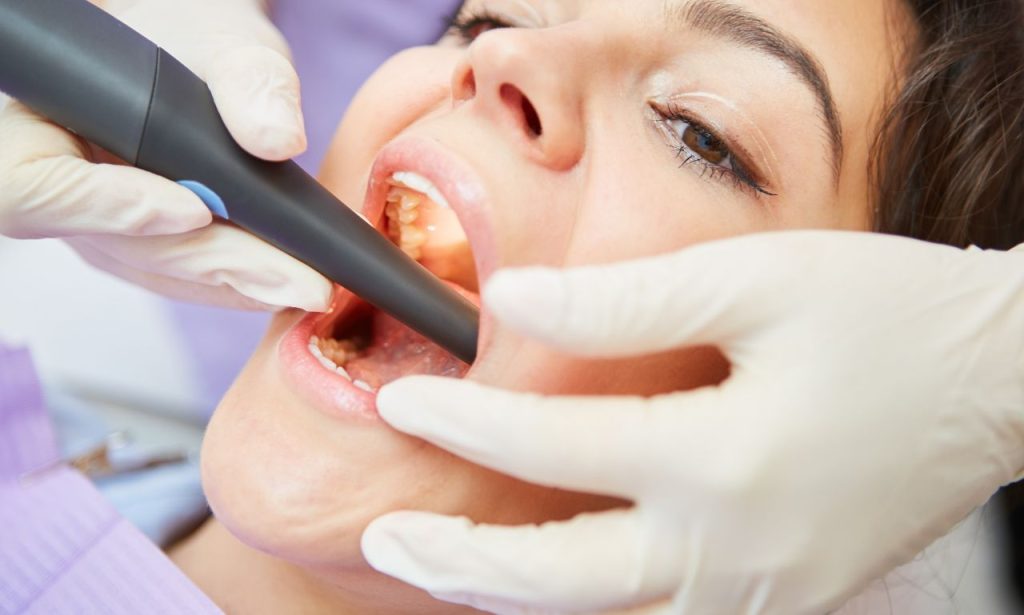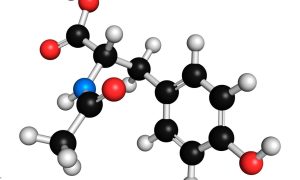Cracked teeth are a common dental issue that can cause significant discomfort and lead to more serious health problems if left untreated. While many opt for immediate dental surgery, there are natural remedies that can provide relief and promote healing. This article delves into effective natural treatments, offering a holistic approach to dental health.
How Cracked Teeth Occur
Cracked teeth can result from various activities and habits, such as:
- Biting Hard Objects: Chewing on ice, hard candies, or pens can stress your teeth.
- Trauma: Accidents, falls, or sports injuries can cause cracks.
- Bruxism: Grinding or clenching teeth, often during sleep.
- Age: Natural wear and tear over time.
- Large Fillings: Extensive dental work can weaken teeth.
- Sudden Temperature Changes: Eating something very hot and then drinking ice water.
Understanding these causes helps in identifying preventive measures and appropriate natural remedies.
Natural Remedies for Cracked Teeth
1. Saltwater Rinse
A saltwater rinse is a simple and effective remedy. It helps in reducing inflammation and preventing infection.
Instructions:
- Dissolve 1 teaspoon of salt in a glass of warm water.
- Swish the solution in your mouth for 30 seconds.
- Spit it out and repeat 2-3 times a day.
2. Cold Compress

Applying a cold compress can reduce swelling and numb the pain.
Instructions:
- Wrap ice cubes in a cloth or use a cold pack.
- Apply it to the affected area for 15-20 minutes.
- Repeat every few hours as needed.
3. Clove Oil
Clove oil is known for its analgesic and antibacterial properties.
Instructions:
- Dip a cotton swab in clove oil.
- Apply it directly to the cracked tooth and surrounding gum area.
- Use it 2-3 times daily for relief.
4. Turmeric Paste
Turmeric has anti-inflammatory and antibacterial properties that can aid in healing.
Instructions:
- Mix turmeric powder with a few drops of water to form a paste.
- Apply the paste to the cracked tooth.
- Leave it on for 10-15 minutes before rinsing with warm water.
- Repeat twice daily.
5. Avoid Hard Foods
Avoiding hard foods is crucial to prevent further damage.
Tips:
- Opt for soft foods like yogurt, mashed potatoes, and smoothies.
- Cut food into smaller pieces to minimize the strain on your teeth.
6. Peppermint Tea Bags
Peppermint tea bags can provide soothing relief due to their cooling effect.
Instructions:
- Steep a peppermint tea bag in hot water for a few minutes.
- Let it cool down and then apply it to the affected area.
- Leave it on for 15-20 minutes.
Treatment Options for Cracked Tooth
While natural remedies can provide relief, professional dental treatments might still be necessary for severe cases.
Bonding Restoration
Bonding involves applying a tooth-colored resin to repair the crack. It’s a quick and cost-effective solution for minor cracks.
Dental Crown
A dental crown covers the entire tooth, protecting it from further damage. This is suitable for more significant cracks that can’t be repaired with bonding.
Root Canal
If the crack has reached the pulp of the tooth, a root canal may be necessary. This procedure removes the damaged pulp and seals the tooth to prevent infection.
Can a Cracked Tooth Be Restored?

Cracked teeth are a common dental issue that can lead to discomfort, pain, and more serious problems if left untreated. Fortunately, there are several restorative treatments available, both natural and professional, to repair and restore a cracked tooth. This article will provide an in-depth look at various restoration options including bonding restoration, veneers, dental crowns, root canals, and tooth extraction.
Bonding Restoration
What is Bonding Restoration?
Bonding restoration is a cosmetic procedure where a tooth-colored resin is applied to the cracked tooth. This resin is then hardened with a special light, effectively “bonding” the material to the tooth to restore its appearance and function.
Benefits
- Quick and Cost-Effective: Typically completed in one visit and is less expensive than other restorative options.
- Aesthetic Improvement: The resin can be color-matched to your natural teeth, providing a seamless look.
- Minimally Invasive: Requires little to no removal of the natural tooth structure.
Procedure
- Preparation: The tooth surface is roughened, and a conditioning liquid is applied.
- Application: The resin is applied, molded, and smoothed to the desired shape.
- Curing: A special light is used to harden the resin.
- Finishing Touches: The bonded tooth is trimmed, shaped, and polished to match the sheen of the rest of the tooth surface.
Veneers
What are Veneers?
Veneers are thin, custom-made shells of tooth-colored materials designed to cover the front surface of teeth to improve their appearance. They are often used when the crack is visible on the front teeth.
Benefits
- Aesthetic Enhancement: Can dramatically improve the appearance of your teeth.
- Durable: Made from strong materials like porcelain, veneers can last many years with proper care.
- Natural Appearance: Mimics the light-reflecting properties of natural teeth.
Procedure
- Consultation: Discussion with your dentist to determine the best veneer material and color.
- Preparation: A small amount of enamel is removed from the tooth surface.
- Impression: An impression of your teeth is taken to create the veneers.
- Bonding: The veneers are bonded to your teeth with a special adhesive.
Dental Crown
What is a Dental Crown?
A dental crown is a cap that completely covers a damaged tooth, restoring its shape, size, strength, and appearance. Crowns are typically used for more severe cracks that cannot be treated with bonding or veneers.
Benefits
- Strength and Durability: Provides robust protection for the damaged tooth.
- Comprehensive Coverage: Encases the entire tooth, preventing further damage.
- Long-Lasting: With proper care, crowns can last many years.
Procedure
- Preparation: The tooth is reshaped to make room for the crown.
- Impression: An impression is taken to create a custom crown.
- Temporary Crown: A temporary crown may be placed while the permanent one is being made.
- Permanent Crown: The custom-made crown is cemented onto the tooth.
Root Canal

What is a Root Canal?
A root canal is a treatment used to repair and save a tooth that is badly decayed or infected. This procedure is necessary when the crack extends into the pulp of the tooth, causing pain and potential infection.
Benefits
- Pain Relief: Eliminates the infection and the associated pain.
- Preservation: Saves the natural tooth from extraction.
- Restoration: Allows the tooth to function normally after the procedure.
Procedure
- Access: An opening is made in the crown of the tooth to access the pulp chamber.
- Cleaning: The infected pulp is removed, and the chamber is cleaned and disinfected.
- Filling: The cleaned chamber is filled with a biocompatible material.
- Sealing: The tooth is sealed, and a crown is usually placed to restore its strength and appearance.
Tooth Extraction
What is Tooth Extraction?
Tooth extraction involves the removal of the entire tooth from its socket in the bone. This is usually considered a last resort when the tooth is severely damaged and cannot be saved by other treatments.
Benefits
- Eliminates Pain: Removes the source of severe pain and infection.
- Prevents Spread: Stops the spread of infection to surrounding teeth and gums.
- Foundation for Replacement: Allows for dental implants or bridges to replace the missing tooth.
Procedure
- Consultation: Your dentist will evaluate the tooth and discuss extraction options.
- Anesthesia: Local anesthesia is administered to numb the area.
- Extraction: The tooth is carefully removed from its socket.
- Aftercare: Instructions are provided for post-extraction care to ensure proper healing.
Conclusion
Healing a cracked tooth naturally involves a combination of home remedies and, in some cases, professional treatments. By understanding the causes and taking preventive measures, you can maintain better oral health and avoid future dental issues. Always consult with a dentist if the pain persists or if the crack appears severe.
ALSO READ: What to Eat After Periodontal Surgery
FAQs
Symptoms can include sharp pain when chewing, sensitivity to hot and cold, intermittent pain, and swelling around the tooth.
Minor cracks may heal over time, but most require some form of treatment to prevent further damage and infection.
Avoid biting hard objects, wear a mouthguard if you grind your teeth, and maintain good oral hygiene.
Yes, many natural remedies can provide relief and promote healing. However, they should not replace professional dental care for severe cracks.
If you experience severe pain, swelling, or if the crack is visibly large, it’s important to seek professional dental care immediately.




